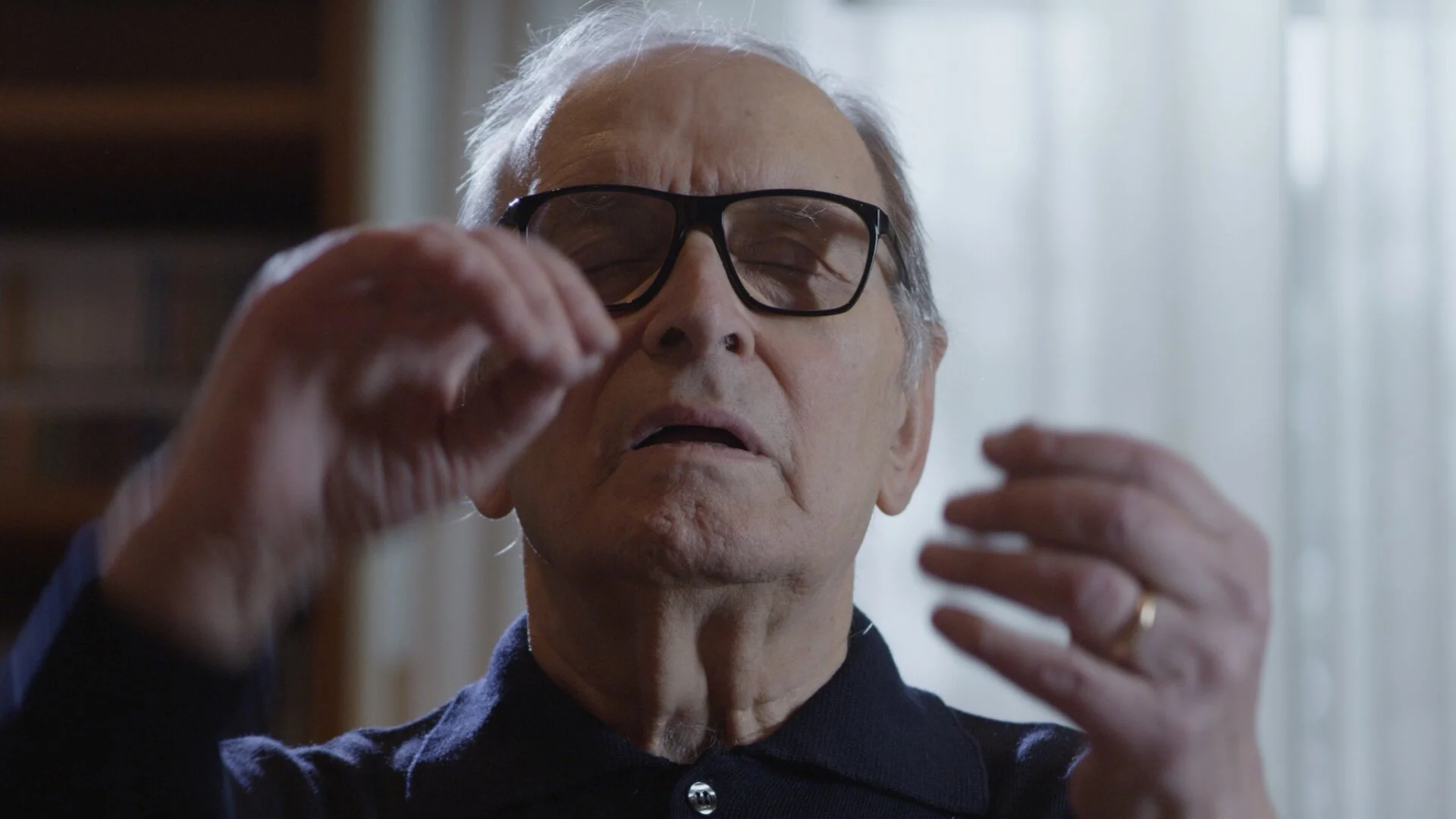The set for Stereophonic, which recreates a 1970s recording studio, is immaculate. Walking into the Golden, I wasn’t sure what decade the play took place in, but I understood the moment I saw that set. The carpet, the pillows, the big beautiful Cadac G Type console, the sheer brownness of the whole thing, it was all correct.
Stereophonic was dreamt up by playwright David Adjmi and musician Will Butler, and what a fabulous idea for a play this is. The audience is presented with a fly-on-the-wall documentary about the tumultuous and torturous recording of a major 1970s rock album. Think Led Zeppelin or, far more accurately, Fleetwood Mac.
It’s easy to describe this as a play about Fleetwood Mac, but Adjmi has said that he researched dozens of bands and did not consciously choose Fleetwood Mac as his model. It is hard to believe, though I don’t think the man has any reason to fib. That there are so many similarities—three men, two women; three Brits, two Americans; a year-long recording process funded by the largest budget ever given to a band; an insufferable but very good lead guitarist who is newer to the band but drives its music—suggests a sort of carcinization process, as though the Fleetwood Mac constellation were ideal for creating a group of people who can’t stop fucking or fighting or, god help them, making great music.
And boy, that music. The music in Stereophonic is astonishing. If the band’s album were available to purchase, I would have bought it on the spot. Ryan Rumery can be congratulated in advance on his upcoming Tony Award win for Best Sound Design of a Play, but I worry Butler and orchestrator Justin Craig will be overlooked in their respective categories. Stereophonic has the best new music I’ve heard in a theatrical production since The Band’s Visit. It may not be a musical, but let’s not let that stop us from getting carried away.
Not only is the music excellent, the show’s relationship to it is exilarating. Every time the band picked up an instrument, the energy changed. Each performance feels spontaneous, carrying the energy of discovery and creation. I don’t know, I truly don’t know, how the performers do it, night after night. One scene has them attempt to record the song “Masquerade” five or six times in a row. I didn’t mind. The final take was exquisite. The sense of place in this production is strong enough that audience applause after takes felt jarring, but I clapped all the same. It’s good shit, man.
The play itself, the material surrounding the music, is uneven. Adjmi’s script is wondrously funny when it wants to be, a cascading series of jokes effortlessly based in character and situation, but too often it turns to dramatic interactions that carry little weight. The day-to-day matters concerning the band are always compelling. There’s a late interaction between the drummer and guitarist, discussing the band as a whole, during which they don’t mention either female member once. That’s smart.
The problems arise when we’re asked to engage with the lives of the band members outside of the studio. Those moments don’t work because the characters never cohere into compelling individuals. They’re archetypes. The guitarist is a narcissistic control freak with a unique vision. His girlfriend is the more gifted songwriter, despite having no self-confidence. The bass player has substance abuse issues. These aren’t people, they’re stand-ins.
As a result, and despite having numerous enthralling sections, Stereophonic is long. There is at least half an hour that could be cut from this three-hour play, and it would be easy to do it. The characters don’t have arcs. There are precious few through-lines of any substance. The characters change, but in bulletins. The bassist was a louche and then he’s clean. Cool. When’s the next song?
Adjmi has talked in interviews about how he consciously avoided making a musical. The songs here are “just” songs. They’re a vibe, an energy, divorced of what’s going on around them. That could be spun as a significant flaw of the show, particularly given its subject. “What Makes You Think You’re the One?” is so compelling because you can picture Lindsay Buckingham singing it while giving Stevie Nicks a death stare in the booth, and you can tell it pisses him off that she’s ignoring him. This music shouldn’t exist divorced of what’s happening around it, at least not in the dramatic portions of this play.
On the other hand, there’s a stretch at the beginning of Act IV, probably about 15 or 20 minutes long, during which the show becomes an out-and-out comedy centered on the premise, “Can you imagine what it must have been like to be the poor engineers working on Tusk?” Three of the band members, two of whom now cannot stand to be in the same room with one another, are recording vocal overdubs. In between takes, they take potshots at one another that are turned up to 11, so heightened that the interaction has no choice but to serve as comedy. The engineers struggle to maintain peace long enough to get what they need on tape. The singing is magnificent, and everything else drops away each time they start singing. There’s a sense of tragedy in it, and a sense of wonder, that these people who so fully loathe one another can still create this magic. The scene is also hilarious. A masterful stretch of theatre.
My experience of Stereophonic can be summed up by my reactions to two different moments in Act IV. When the drummer told everyone that his wife and kids had left him, I was more or less indifferent. I was sorry for him, sure, but only in the abstract. When the guitarist casually mentioned during a band meeting that they’d cut “Masquerade.” I was absolutely heartbroken. I think I may have even gasped out loud.


